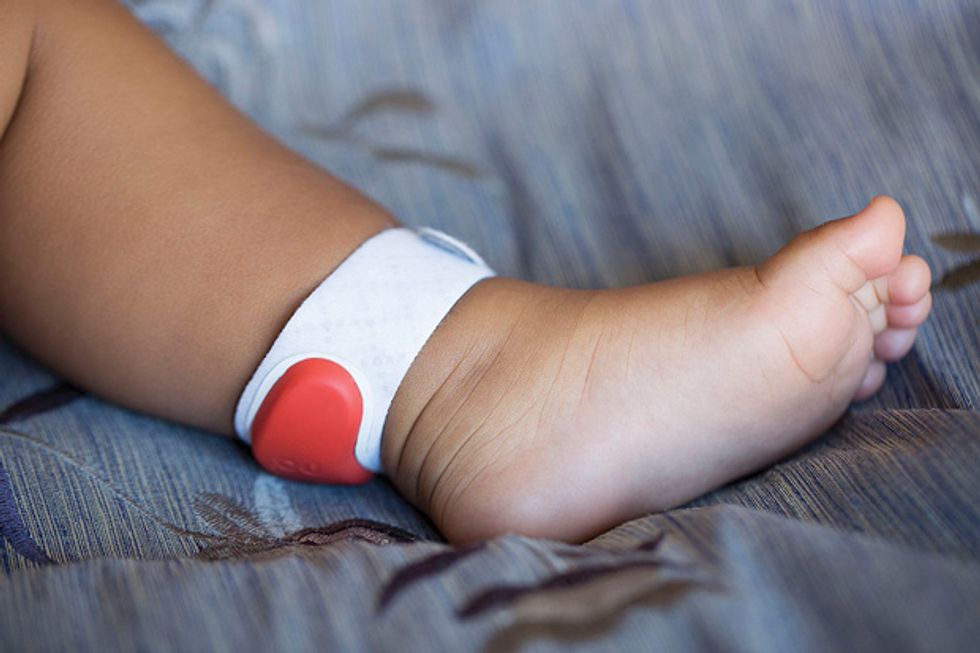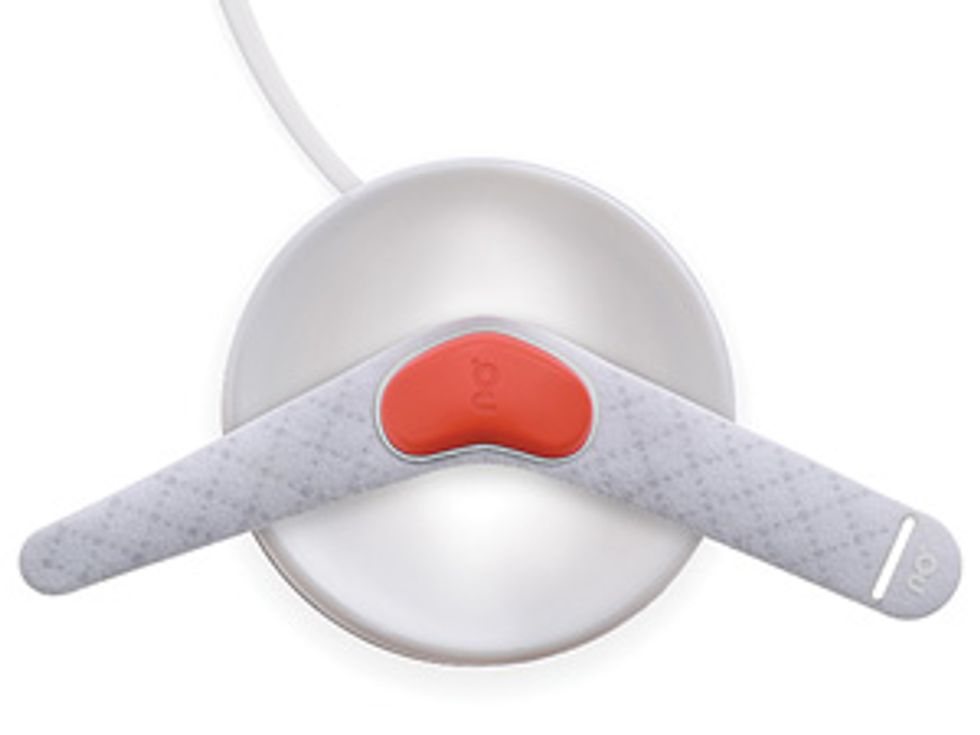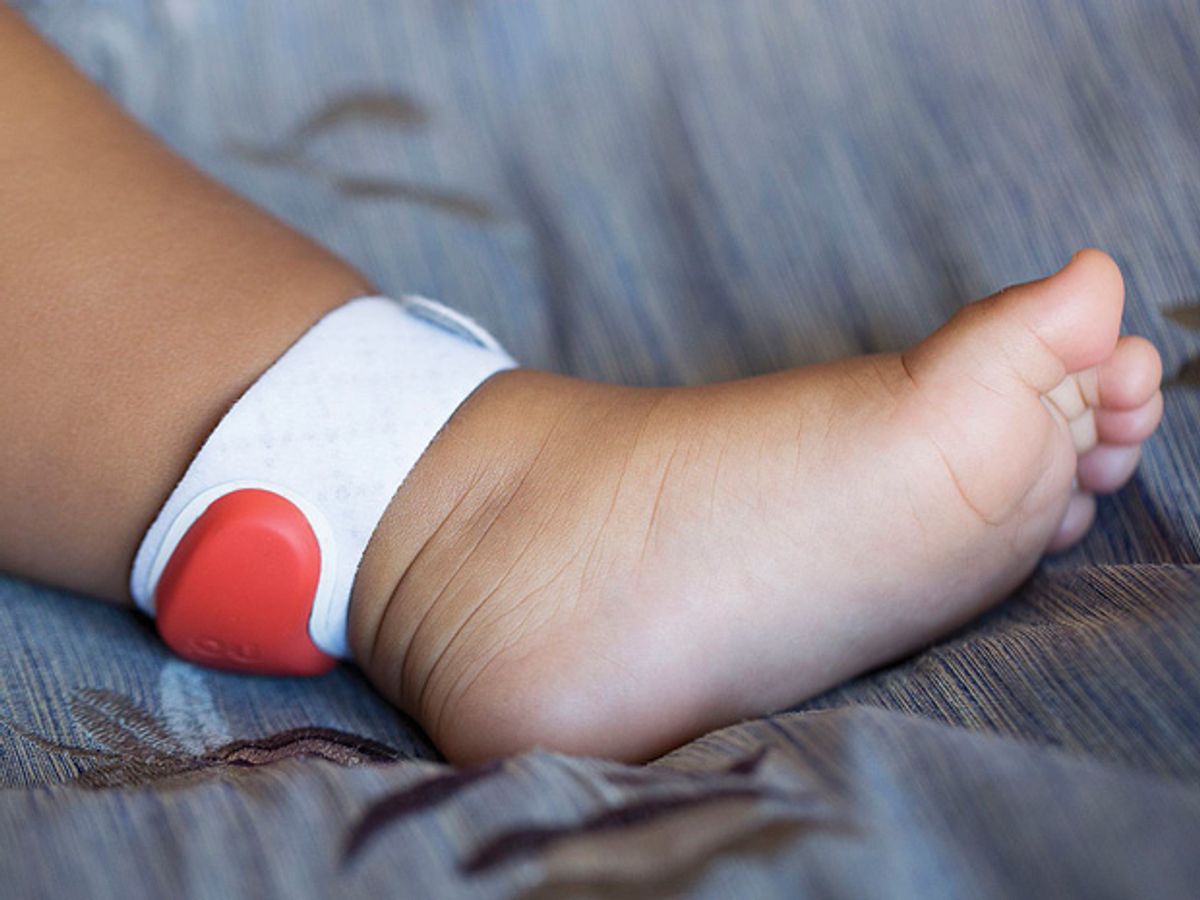
Wearable technology is currently primarily associated with two product categories—fitness trackers and smart watches. But wearables are beginning to show their potential in other areas as well. Ultimately, they are likely to enter into many facets of our daily existence. This article is the first in a series that will look at exemplars of wearables targeted at different stages of our lives.
We start at the beginning: infancy. Babies born this year could conceivably spend their entire lifetimes wearing an array of wireless sensors on their bodies, the minutiae of their daily lives measured, recorded, and analyzed. And the Sproutling baby monitor could be the first in that long line of devices.

As new fathers, Chris Bruce and Mathew Spolin each had that moment of anxiety common to many parents: standing at the door of the nursery, worrying if the baby was breathing and wondering whether to go inside and check, just in case. In Bruce and Spolin’s case it helped inspire the founding of their San Francisco startup, Sproutling, and its eponymous product. In development for two years, Sproutling’s US $299 baby wearable was unveiled last August. (Spolin left the company this April.) A band worn on the ankle and encapsulated in medical-grade silicone, the wearable uses an optical heart-rate sensor to monitor the baby’s pulse, shining a light onto the skin and measuring the wavelength of returning light. A contactless sensor gauges the baby’s temperature. An accelerometer tracks the baby’s position and motion and can alert parents if the baby rolls over.
A base station doubles as a wireless charger, using magnetic resonance (the Alliance for Wireless Power’s Rezence wireless charging standard), to provide enough power to run the band for one to two days at a time. The base station is also equipped with additional sensors that audit the room’s temperature, humidity, light, and noise levels. Together, the wearable and base station gather up to 16 measurements a second, which are processed and used to advise the parent, who may be wondering: Is it too noisy? Has the temperature risen, making it uncomfortable for the baby?
Unlike with many fitness wearables, the actual numbers—how many decibels of noise, the baby’s temperature, and so on—are not displayed or charted for parents (although a ring of light on the base station does pulse at the rate of the baby’s heartbeat, as does an animated heart on the smartphone app). Instead, Sproutling’s algorithms convert the data into alerts for the parents only as needed, sending a push notification on a smartphone, say, if the baby’s temperature has suddenly spiked. “It’s not designed to give you graphs and numbers,” Spolin says. “It’s really to let you know when things are okay or when you should check on your child.”
Taking into account factors such as how much the baby slept earlier in the day, as well as the baby’s age and historical temperament, Sproutling’s machine learning algorithms can also predict how long the baby should sleep and when the baby might wake up. How accurate its predictions are is yet to be proved; Sproutling won’t start shipping until late July or August. “The more and more it’s used, and the more we learn about your child, the better it gets over time,” Bruce says. “We want to help parents get that sixth sense of what’s going on, to quantify patterns that parents can’t do themselves.”
The overarching objective is to reduce parental anxiety. “I’m building the stuff I wanted as a parent,” says Bruce, whose children are now 4 and 6. “We were looking at that antiquated baby monitor and trying to see: ‘Is she breathing? Did she roll over?’ Now we can tell you that yes, the baby’s heart is beating, and you can go to sleep.”
This article originally appeared in print as “Baby by the Numbers.”
